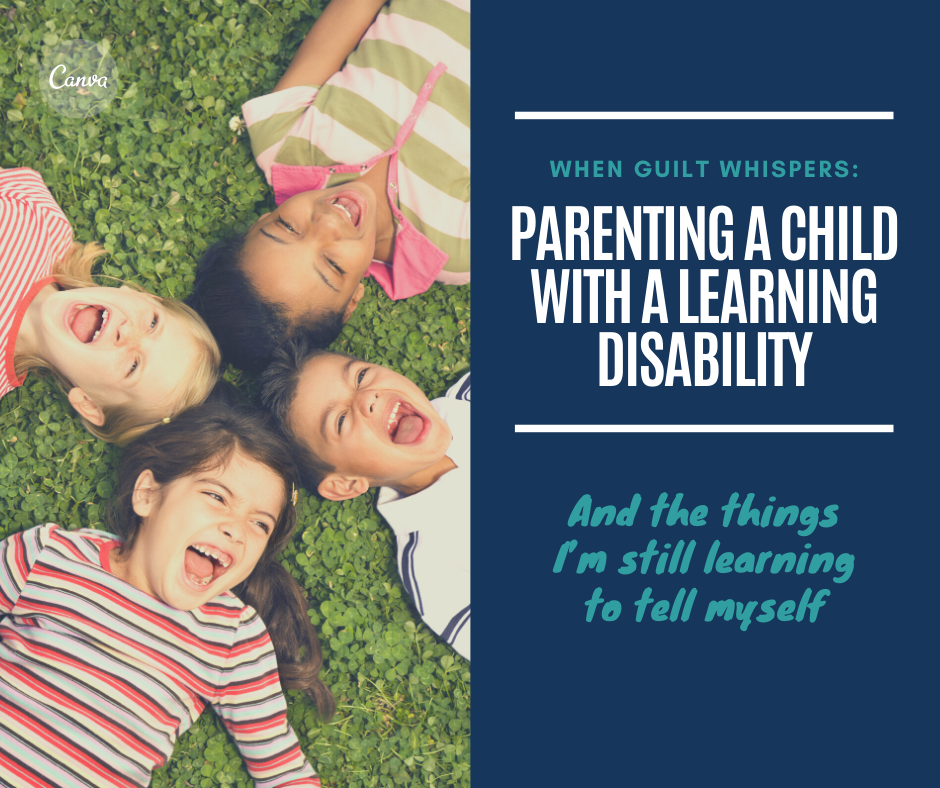Why Literacy Is More Than Reading
- Therese Ajtum-Roberts Ed.D.
- Sep 8
- 4 min read

Every year on September 8, the world pauses to recognize International Literacy Day—a day dedicated to raising awareness of the importance of reading and writing in shaping opportunities, equity, and futures.
But literacy is more than reading words on a page. Literacy is the foundation of learning. It’s the key to unlocking opportunity. It’s a tool of equity. Without it, individuals are cut off from essential parts of life: education, employment, healthcare, and civic participation.
Today, as we honor International Literacy Day, we must confront a hard truth: literacy challenges are not only a global issue, but a local one too.
A Global and Local Literacy Crisis
Globally, the numbers are sobering. Around 770 million people lack basic literacy skills—and two out of three are women or girls. Illiteracy perpetuates cycles of poverty, limits access to healthcare, and reduces participation in civic and economic life.
But this isn’t just “somewhere else.” It’s here too—in the United States.
In 2024, 40% of 4th graders and 33% of 8th graders scored below basic in reading, the lowest levels in more than 30 years.
Just 14% of 13-year-olds read for fun daily, compared to 35% in 1984.
21% of U.S. adults are considered illiterate, and over half read below a 6th-grade level.
Behind every statistic is a person, a family, and a community impacted by the consequences of low literacy.
A Parent’s Perspective
For me, this issue is deeply personal. Every day, I wonder: Will my daughter be able to read?
She’s just starting 6th grade, but her reading level is closer to late 2nd grade, maybe early 3rd. She struggles with sight words, and her fluency is painfully slow. When we’re in the grocery store, she hesitates to read the labels. When we’re in the car, she strains to sound out words on signs or bumper stickers. She wants so badly to take in the information around her—but dyslexia makes every step harder.
As her mother, my biggest fear is that her challenges will be overlooked because of assistive technology. Yes, speech-to-text and text-to-speech tools can help her access grade-level content. But if we let these supports mask the gaps in her reading and writing, she may never fully acquire the skills she needs.
Technology can help her work at grade level, but it does not mean she is reading at grade level. And that difference matters.
The Illusion of Success
We see this same pattern in schools across the nation. Students use accommodations and assistive technology on standardized tests, often scoring well. Some even graduate with honors. Yet, as recent lawsuits have revealed, some of these very students walk across the stage unable to read or write independently.
This should alarm us. Passing tests and earning diplomas should not be the benchmark of success—true literacy must be.
Because literacy is not optional. You cannot text-to-speech the road signs on a highway ore directions on a prescription bottle. You cannot depend on Grammarly when filling out a job application on paper. Literacy is survival, independence, and empowerment.
Beyond COVID: Looking at How We Teach
In the U.S., many point to the COVID-19 pandemic as the reason students are falling further behind in reading. While the pandemic did magnify learning gaps, the literacy crisis cannot be blamed on COVID alone.
The truth is, many schools continue to use outdated curricula and ineffective methods of reading instruction. Far too often, students are asked to memorize words rather than taught the building blocks of decoding and spelling. Teachers, too, are often underprepared—because their training programs didn’t equip them with the knowledge of how reading actually develops in the brain.
If we want different results, we need a different approach.
Literacy for All Means Equity
International Literacy Day reminds us that literacy must be inclusive, accessible, and equitable. Every child—regardless of disability, language background, or learning style—deserves a chance to unlock the world through reading and writing.
That means:
Children with disabilities must receive interventions that build true literacy skills, not just compensations that mask them.
Multilingual learners need environments that value their language strengths while building their English literacy.
Neurodivergent students need classrooms that recognize their unique ways of processing information and give them the tools to succeed.
Five Ways We Can Move Forward
Invest in Evidence-Based Reading Instruction. Schools must adopt programs proven to work.
Train Teachers Thoroughly. Educators need the tools and knowledge to teach reading effectively—not just for some students, but for all.
Provide Interventions Early and Consistently. Waiting until middle or high school is too late.
Balance Assistive Technology with Skill-Building. Tech should support learning—not replace it.
Engage Families and Communities. Parents, caregivers, and local organizations can foster literacy by reading with children, providing access to books, and advocating for stronger programs in schools.
Every Child Deserves the Power of Literacy
On International Literacy Day, we are reminded that literacy is not a privilege. It is a human right. Yet for too many, that right remains out of reach.
For my daughter—and millions like her—literacy is not just about passing a test. It’s about being able to navigate the grocery store, read a road sign, or understand a prescription label. It’s about dignity, independence, and opportunity.
Every child deserves the power of literacy. Let’s read for equity. Let’s read for change. And let’s make sure no child, anywhere, is left behind.




Comments